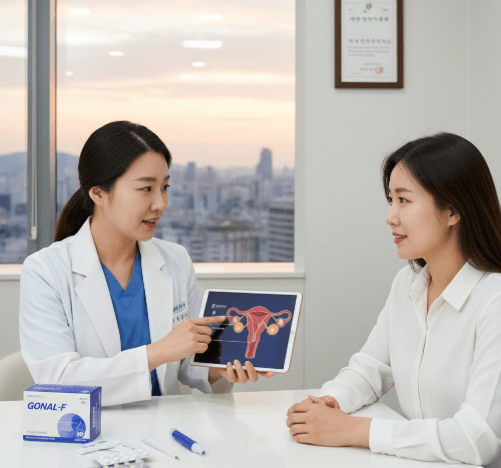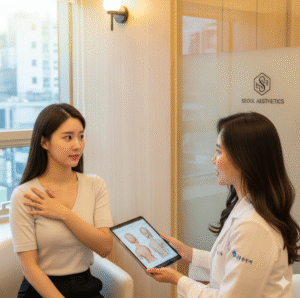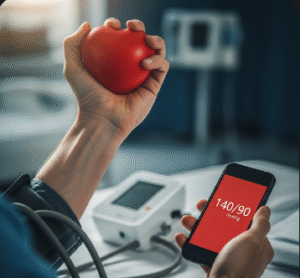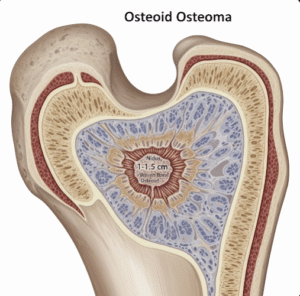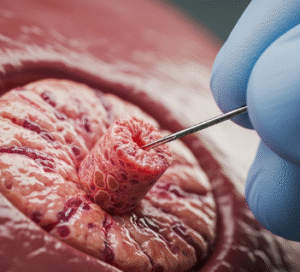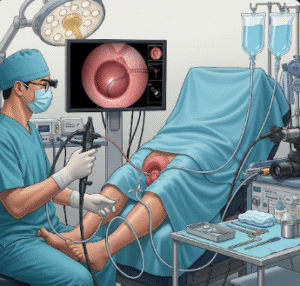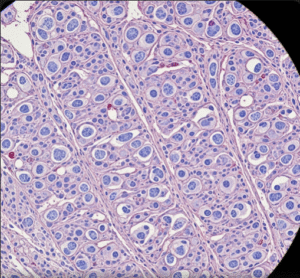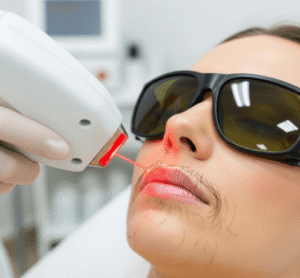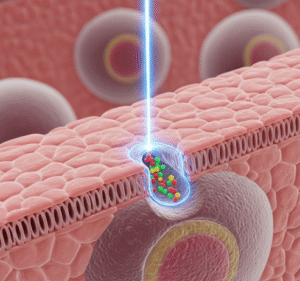What it is
Ovulation induction is a fertility treatment designed to stimulate the ovaries to release eggs, improving the chances of conception. It is commonly used for women who have irregular ovulation or anovulation (no ovulation), conditions often linked to polycystic ovary syndrome (PCOS), hormonal imbalances, or unexplained infertility.
✔️ Goal: To trigger the development and release of a mature egg.
✔️ Methods: Oral medications, injectable hormones, and sometimes combined with intrauterine insemination (IUI).
✔️ Availability in Korea: Offered at fertility centers, women’s hospitals, and university hospitals with advanced reproductive technologies.
➡️ Ovulation induction is often the first step in fertility treatment before moving to more advanced options like IVF.
Why it’s done
Ovulation induction is performed in Korea for several reasons:
🔹 Anovulation or irregular ovulation due to PCOS or thyroid dysfunction.
🔹 Unexplained infertility where ovulation support improves chances.
🔹 Fertility planning for women trying to conceive naturally but struggling with irregular cycles.
🔹 Preparation for assisted reproductive techniques such as IUI or IVF.
🔹 Hormonal imbalance correction to restore regular cycles.
💡 Highlight: Ovulation induction is often the least invasive and most cost-effective fertility treatment, making it an important option for many couples.
Alternatives
Instead of ovulation induction, some alternatives may be considered:
➡️ Lifestyle changes – weight management, diet, stress reduction, and exercise can sometimes restore ovulation naturally.
➡️ Supplements – inositol, vitamin D, and folic acid for hormonal balance.
➡️ Traditional Korean medicine – acupuncture and herbal treatments for cycle regulation.
➡️ Moving directly to IVF – in cases of severe infertility or advanced maternal age.
⚠️ Note: While alternatives can help, ovulation induction is the most direct approach for women with ovulation problems.
Preparation
Before starting ovulation induction in Korea, preparation typically includes:
✔️ Medical history review – menstrual cycle patterns, past pregnancies, and underlying conditions.
✔️ Hormone testing – FSH, LH, estrogen, progesterone, prolactin, and thyroid function.
✔️ Ultrasound scan – to assess ovarian reserve and check for cysts or abnormalities.
✔️ Semen analysis – to ensure male fertility is not the limiting factor.
✔️ General health check-up – blood pressure, weight, and overall wellness.
💡 Tip: Korean fertility centers often provide couple-based evaluations, ensuring both partners are assessed together.
How it’s done
Ovulation induction in Korea follows a carefully monitored process:
- Oral medications
- Clomiphene citrate or letrozole are the most common.
- Taken for 5 days early in the menstrual cycle to stimulate egg growth.
- Injectable hormones
- Gonadotropins (FSH, hCG) used if oral medications are unsuccessful.
- Require close ultrasound and blood monitoring to prevent multiple pregnancies.
- Monitoring
- Ultrasound scans track follicle growth.
- Blood tests measure hormone levels.
- Ovulation trigger
- An hCG injection triggers the release of a mature egg.
- Timing is crucial for intercourse or intrauterine insemination (IUI).
- Fertility support
- In some cases, ovulation induction is paired with IUI or IVF for higher success rates.
💡 Highlight: Korean clinics use precise ultrasound and lab monitoring, minimizing risks like ovarian hyperstimulation syndrome (OHSS).
Recovery
Ovulation induction does not require surgical recovery, but women may experience:
✔️ Mild bloating, breast tenderness, or mood swings from hormonal stimulation.
✔️ Multiple pregnancy risk (twins or more) if several follicles develop.
✔️ Cycle-to-cycle adjustments depending on response to medication.
✔️ Emotional ups and downs from the treatment process.
When to revisit a doctor:
➡️ If no ovulation occurs despite treatment.
➡️ If symptoms suggest overstimulation (severe bloating, shortness of breath).
➡️ If several cycles are unsuccessful—other fertility options may be needed.
💡 Important: Regular follow-ups are standard in Korea to fine-tune medication doses and maximize pregnancy chances safely.
Treatment option in Korea
Korea is a global leader in fertility treatment and offers excellent options for ovulation induction:
⭐ Fertility centers with world-class technology and experienced specialists.
⭐ Integration of ovulation induction with IUI or IVF for seamless care.
⭐ Affordable treatment packages compared to many Western countries.
⭐ Holistic care with nutrition guidance, counseling, and Korean traditional medicine.
⭐ Multilingual support for international patients in major hospitals.
💡 Highlight: Korea’s advanced healthcare system ensures safe, affordable, and highly monitored ovulation induction, making it a top choice for fertility care.

